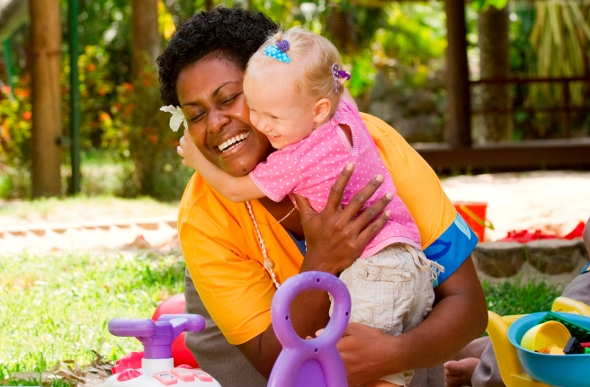The end of breakfast buffets and garlanding on arrival. The rise of virtual travel experiences. The longing for solitude and simplicity. This is just a sample of the travel predictions being debated across the globe as we look to post-COVID tourism.
But how well is the Pacific positioned to respond to potential changes, and what is the current status of the industry?
“I understand one of the greatest challenges that we have is uncertainty,” Fiji’s new tourism minister, Faiyaz Siddiq Koya told Fiji tourism industry participants in a webinar recently.
China, which has reopened for domestic tourism, has closed buffets, increased distance between tables in restaurants, has all staff wearing personal protective equipment, closed gyms and indoor swimming pools and switched off air conditioning, reports McKinsey’s China-based analysts. Magazines and newspapers are no longer available on flights, and food and beverages are packaged and bottled.
McKinsey predicts young travellers will return to international tourism first, not traditionally the Pacific’s strongest visitor dynamic, although it does provide an opportunity to further develop niche markets, such as adventure tourism.
Associate Professor of Tourism Futures at Wellington School of Business and Government, Dr Ian Yeoman has identified a number trends which could characterise travel in the future, including the desire to connect with family and friends, the search for simplicity, the end of expensive, frivolous or environmentally-destructive expenditure and a move towards community and collectivism.
The Pacific is well placed to capitalise on several of these trends when borders open up, as long as we can differentiate ourselves from other destinations.
